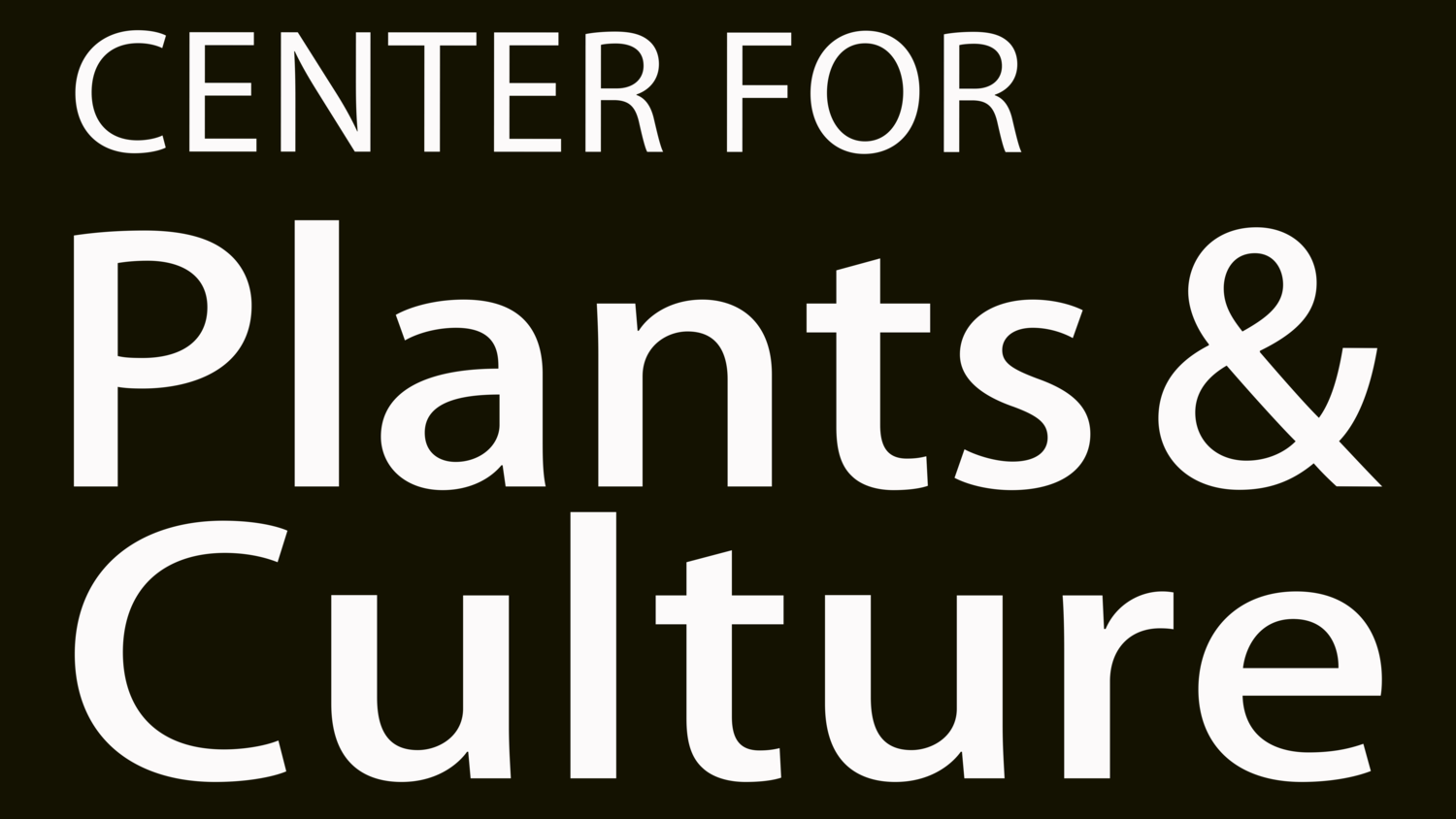
ART WORKSHOP:
Collage Inspired by Kuba Cloth
“Formerly known as the Kongo Kingdom, the textiles offer great insight to knowing more about the region, the people, and their values.”
-Anthony Folks
Words and workshop by Anthony Folks
Presentation and Workshop:
Kuba cloth is woven from the fib of the Raphia vinifera palm. Production of this textile is a multistage process that involves the men, women, and children of the clan. The process includes gathering and preparing the raffia fibers for weaving and embroidery, weaving the basic cloth unit, dyeing the embroidery fibers, and embellishing the woven cloth with embroidery, applique, patchwork and dye.
Within this prolific raphia-weaving culture, Kuba men weave the raphia cloth on a single-heddle overhead loom, set at an angle of about 45 degrees to the ground. The weaver sits in its shade and works above himself.
Women are in charge of applique and embellishments, which include: tie dye, cut-pile embroidery, patchwork, drawn-thread work, and attaching cowrie shells and bobbles. Panels of the cloth are commonly sewn together to form skirts using between four and ten panels. Both men and women wear skirts differing by patterns for each sex.
Skirts made of freshly woven raphia panels are very stiff, so they need to be washed and pounded to make supple. Since the pounding often produces holes, hemmed applique is used to over them up, creating even more unique abstract patterning.
Sources
Clarke, Duncan. The Art of African Textiles. Thunder Bay Press 1997
Picton, John, John Mack. African Textiles, Looms, Weaving and Design. The Trustees of the British Museum 1979
Svenson, Ann E. “Kuba Texties: An Introduction,” WAAC Newsletter, 01/1986, Vol. 8, No.1, 2-5




